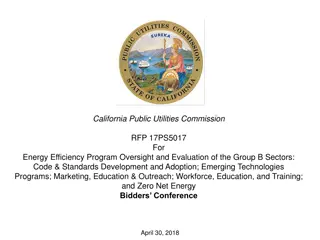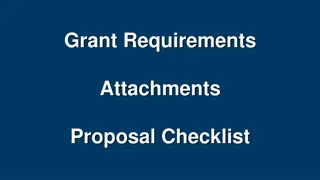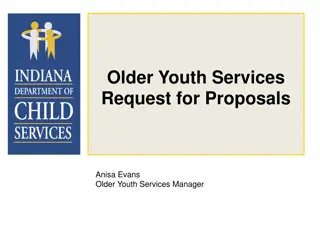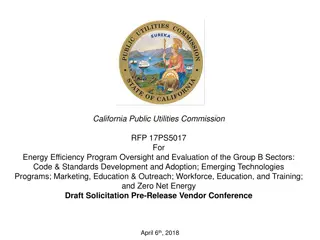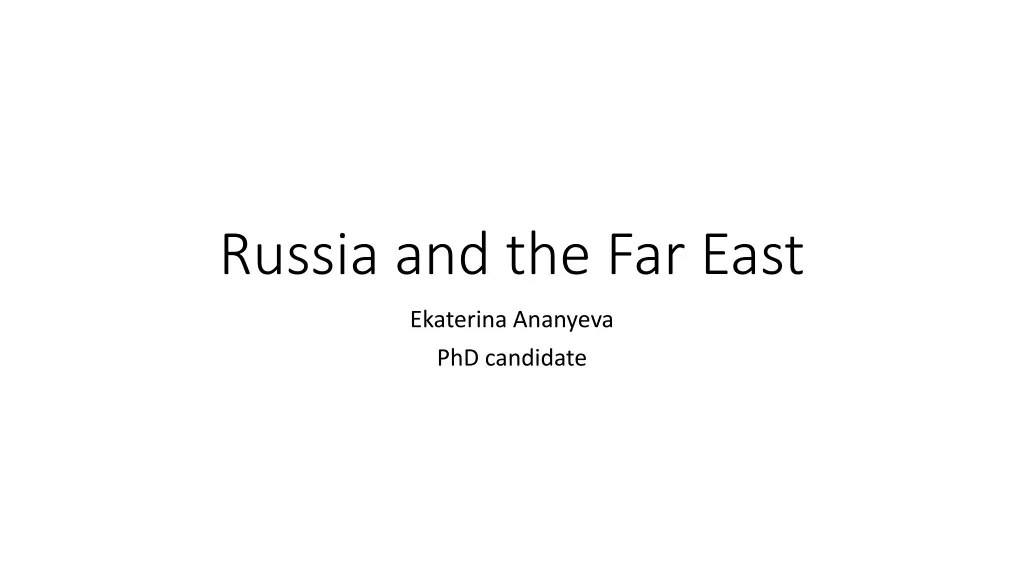
Current Trends in Russia's Relations with China, Japan, Korea, and Vietnam
Explore the main drivers of Russia's foreign policy in the Far East, including power dynamics with China, historical relations with Japan, economic ties with Korea, and strategic partnership with Vietnam. Learn about the complexities of these relationships and Russia's evolving role in the region.
Download Presentation

Please find below an Image/Link to download the presentation.
The content on the website is provided AS IS for your information and personal use only. It may not be sold, licensed, or shared on other websites without obtaining consent from the author. If you encounter any issues during the download, it is possible that the publisher has removed the file from their server.
You are allowed to download the files provided on this website for personal or commercial use, subject to the condition that they are used lawfully. All files are the property of their respective owners.
The content on the website is provided AS IS for your information and personal use only. It may not be sold, licensed, or shared on other websites without obtaining consent from the author.
E N D
Presentation Transcript
Russia and the Far East Ekaterina Ananyeva PhD candidate
Main drivers of current RFP in the region Power asymmetry vis- -vis China Identity and discourse on Eurasia Geography and challenges that it imposes Doubtful diversification after the Ukrainian crisis search for a post-European identity resolving border issues
Throw-back Mongol conquest and suzerainty from 1237 to 1480 Russian conquest of Siberia from 16thcentury onwards --> Extensive encounters with China, establishing diplomatic relations Broadening till India rivalry with Great Britain Weakened China + proponents of Yellow Russia policy = war with Japan for Manchuria
China USSR and later Russia biggest arms exporter after sanctions imposed on China Russian disappointment with the West China as a new friend October 2004 resolving border dispute Non-compliance with US-led world order and common vetoes in the UNSC in mid-2000s BUT: uneven relations (China for Russia is among the biggest trade partners, while Russia for China 9th)
Japan Slow increase in trade volume (from 6.6% in 2013 to 13.9% in 2014) Historically complicated relations (Sakhalin and the Kuril Islands) https://www.youtube.com/watch?v=WjdhzHaUY1E Japan need in energy and Russian readiness to provide it Now: high hopes from both sides
Korea Role of the USSR in the Korean war (geostrategic interests) support of the North Perestroika and successful economic cooperation with Seoul By the mid-2000, it was 3d largest trading partner of the Russian Far East The North not forgotten: Russia mediator in negotiations and write- off of debts
Vietnam Simultaneous perestroika in Vietnam and the USSR Establishing strategic partnership in 2001 Vietnam 4thlargest buyer of Russian arms Russia largest arms importer for Vietnam Energy cooperation and joint ventures Chinese factor
Summary Russian low presence in the region changed Pragmatic relations with China Balancing Chinese role successful pivot to Final resolution of the conflict with Japan Asia? Asia is interested in Russia
Supershort essay questions (choose one out of three) Outline the main features of Sino-Russian relations Describe RFP priorities in Asia Compare and contrast RFP towards Japan and China
Extra questions (not for assignment) https://www.youtube.com/watch?v=YMcrAKSY0r0 Do you think these relations have a future? Is there a potential for a conflict or cooperation? Apply interests as opposed to positions to these relations


